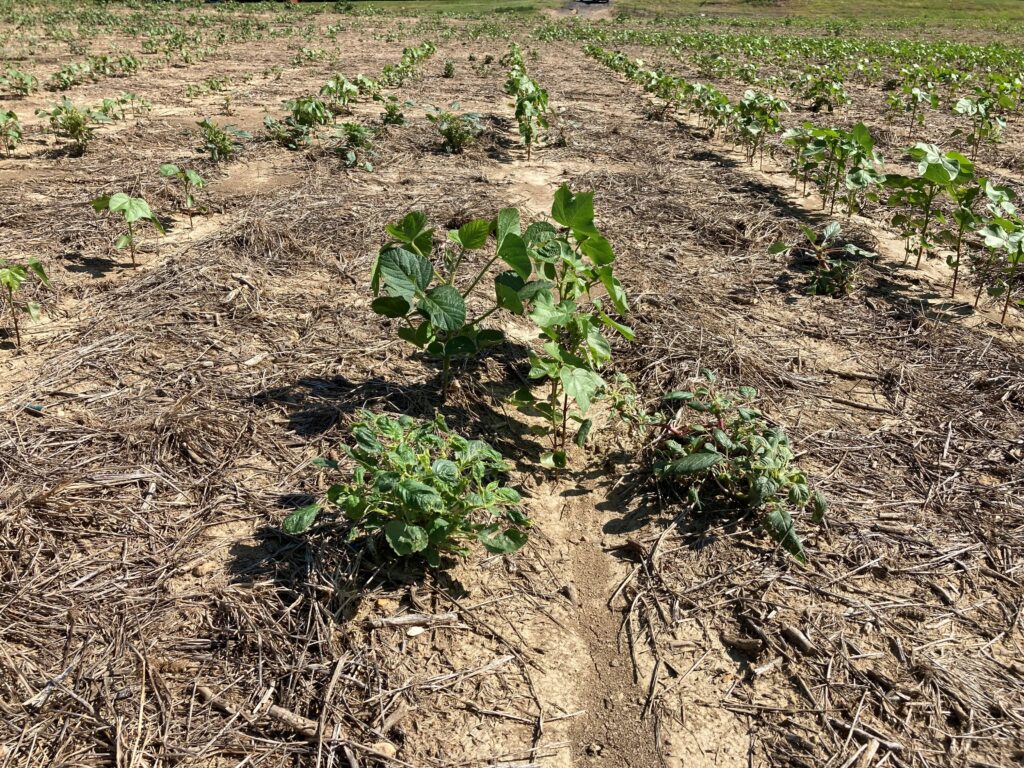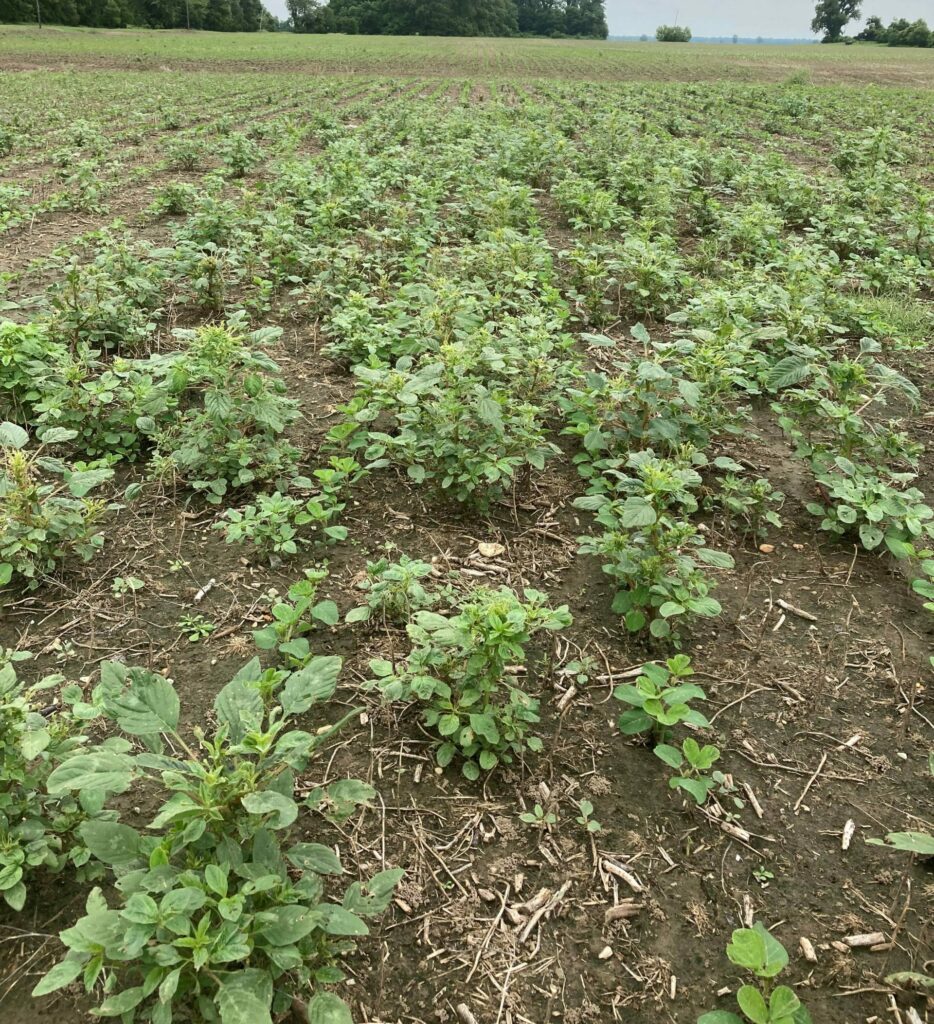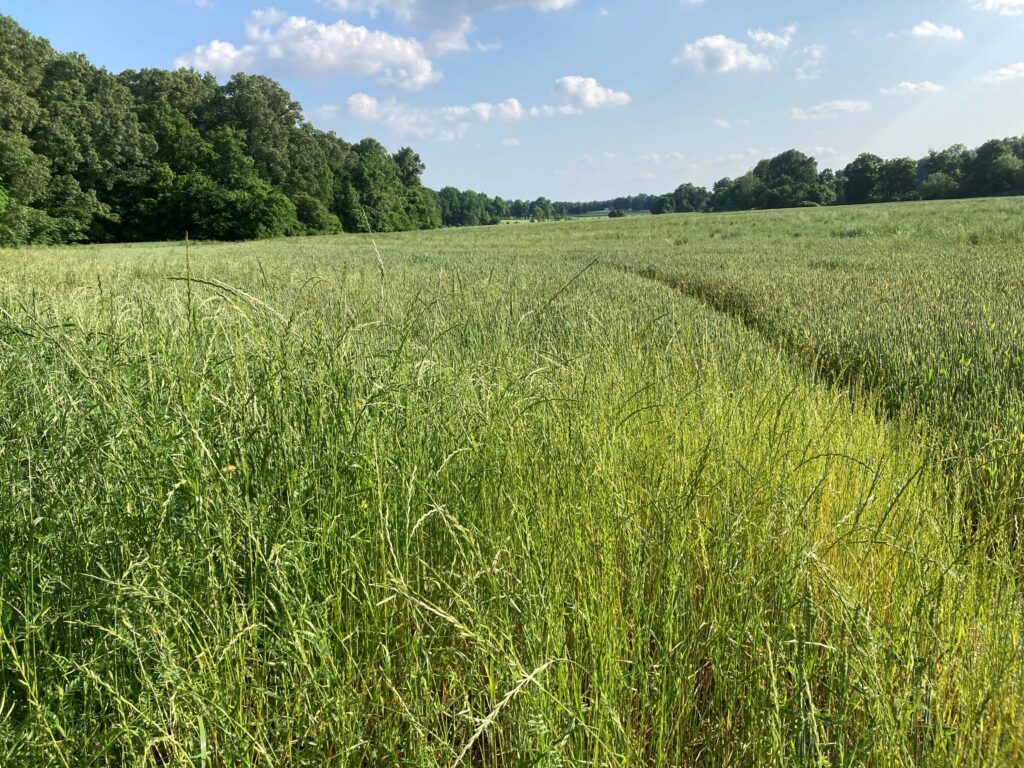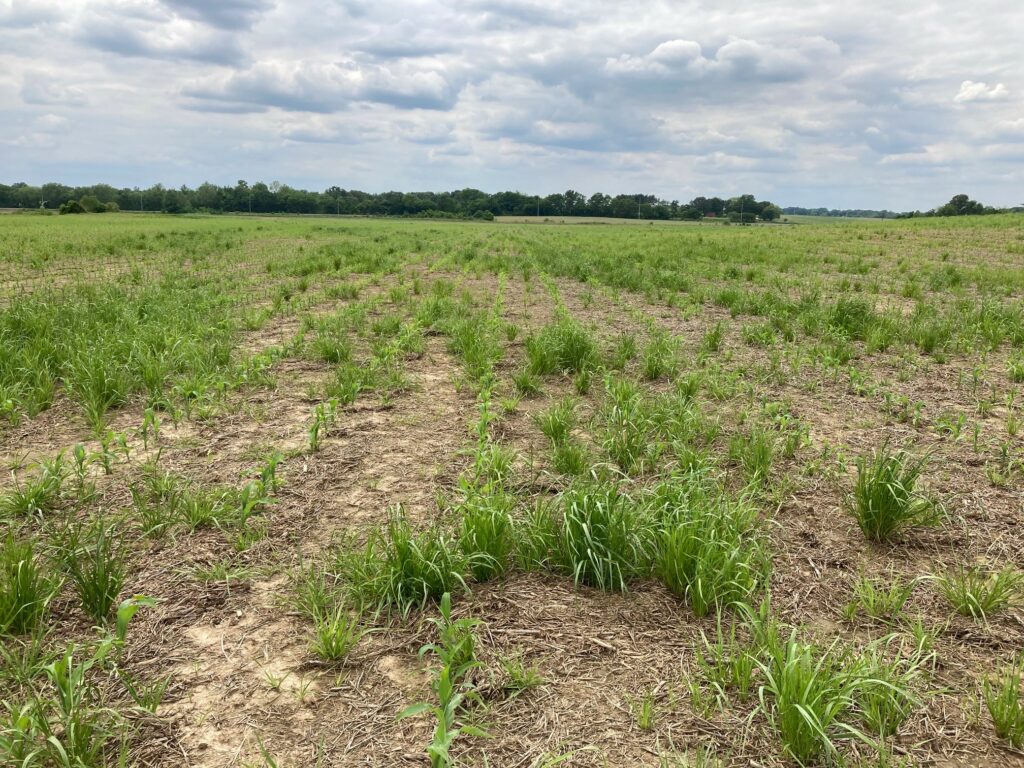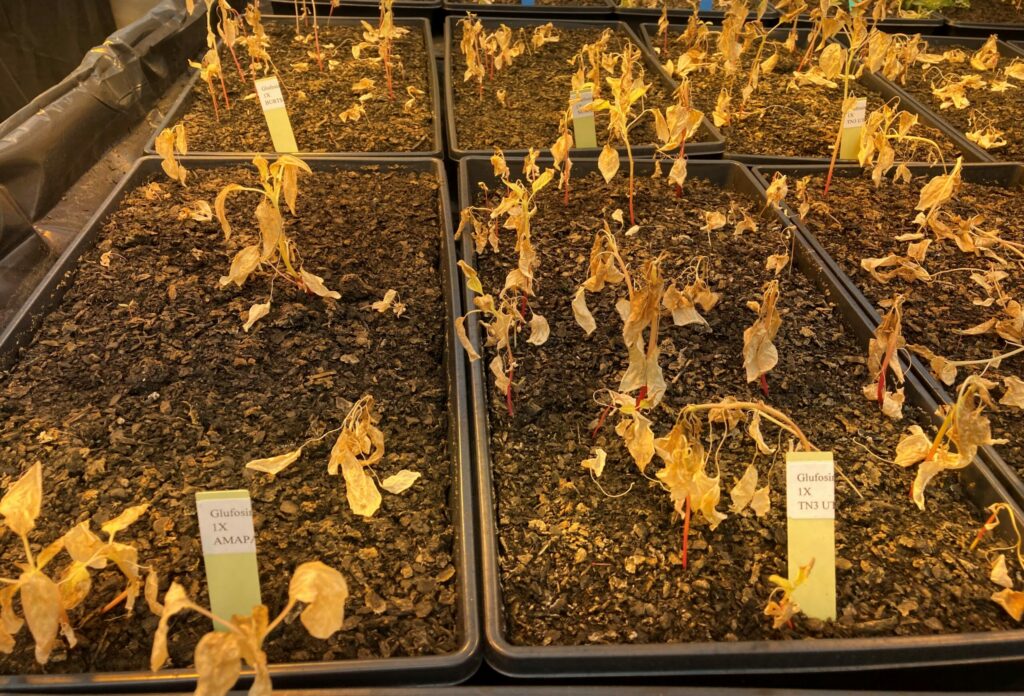UT’s Soybean Scout Schools will be held in July (see details below). These field-side programs cover the basics of soybean growth, scouting, pest identification, and general management. Pesticide recertification and CCA CEU points will be available. Scout Schools are offered free of charge with sponsorship from the Tennessee Soybean Promotion Board. Registration is not required. Participants will receive a scouting notebook and a sweep net while supplies last.
West TN – Madison County, July 11th, 9:00 AM – 11:30 AM. This school will be at the West TN Research and Education Center, 605 Airways Blvd. Jackson TN, 38301. Signs will be up at the station to direct you to the field.
West TN – Henry County, July 12th, 9:00 AM – 11:30 AM. This school will be at Norwood Farms, 645 Norwood Rd, Mansfield, TN.
Middle TN – Lincoln County, July 13th, 9:30 AM – Noon. This school will be at H&R Agri-Power, 11 Highland Rim Road, Fayetteville, TN 37334. Lunch will be provided courtesy of H&R Agri-Power. A head count is required for the meal, please contact Bruce Steelman of the UT Lincoln County Extension Office at (office) 931-433-1582 or (cell) 615-542-1364 if you plan to attend.
